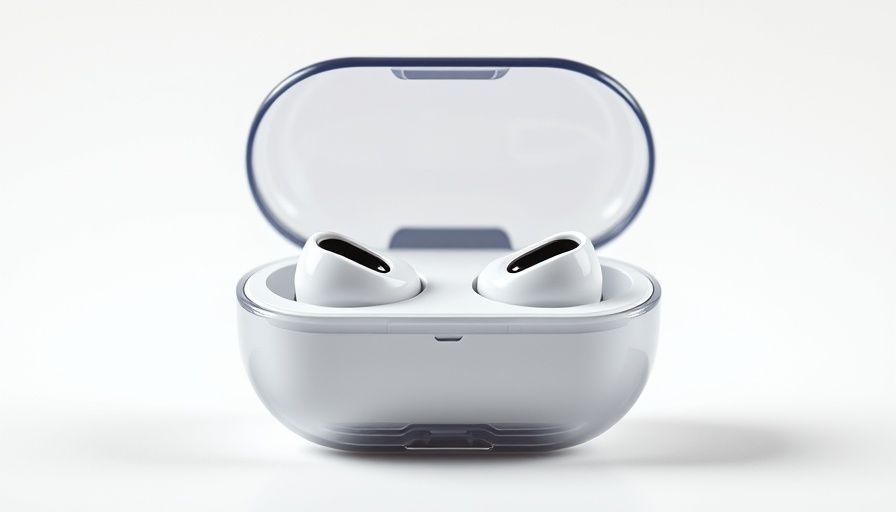
The Innovation of Audio: Understanding the Kiwi Ears Septet
In the world of audio technology, the debate around the number of drivers in in-ear monitors (IEMs) has stirred considerable interest. The recently reviewed Kiwi Ears Septet stands as a notable example in this evolving landscape, boasting a unique configuration of seven drivers, including miniature piezoelectric (PZT) drivers. As audiophiles look for the perfect listening experience, these innovations promise advancements in sound quality that deserve exploration.
More Drivers, Better Sound: A Complex Relationship?
Common wisdom suggests that more drivers should equate to better sound reproduction within IEMs. The Kiwi Ears Septet is designed to enhance this principle, employing a combination of dynamic and PZT drivers to deliver a layered audio experience. According to our reviews and testing metrics, its 8.1 rating indicates that it excels in certain areas—like sound clarity and dynamic range.
Interestingly, PZT drivers are renowned for replicating high-frequency sounds, a characteristic traditionally suited for speakers but now being adopted into IEM technology. The incorporation of PZT drivers provides a fresh approach to audio that aims to capture the richness of music while ensuring that bass notes remain prominent and impactful.
Who Should Choose Kiwi Ears Septet?
Ideal for listeners seeking a premium audio experience, the Kiwi Ears Septet particularly caters to individuals who appreciate a detailed sound profile with an emphasis on both bass and treble. Reviewers noted a pleasant, if not slightly enhanced, bass, appealing to genres that thrive on this audio characteristic.
However, it's essential to consider that every product may have its drawbacks. As highlighted, fit issues for some users could affect overall comfort—an important factor for prolonged listening sessions. This blend of advanced technology and nuanced user experience lends itself to a deeper understanding of what modern audio gear can achieve.
Evaluating the Value of Premium IEMs
At a price point of $269.99, the Kiwi Ears Septet positions itself within the competitive landscape of high-end IEMs. Shoppers must weigh the benefits of cutting-edge audio technology against the cost. While features like the use of PZT drivers and superior build quality are appealing, will they justify the expense for casual listeners?
The Future of IEM Technology: What Lies Ahead?
As technological trends continue to evolve, the audio industry is likely to see increased adoption of specialized drivers like PZT in companion with traditional designs. This adaptation suggests potential future innovations where sound quality and listening experience may further improve. Audiophiles and tech enthusiasts should remain attentive to coming advancements.
Practical Tips for Prospective Buyers
When considering purchasing the Kiwi Ears Septet, take time to assess various factors that can enhance your listening experience:
- Fit and Comfort: If possible, test the IEMs beforehand to ensure a proper and comfortable fit.
- Audio Preferences: Consider what genres of music you enjoy most; the sound profile can drastically affect your experience.
- Reviews and Comparisons: Look for independent reviews comparing multiple IEMs within the same price range to make a more informed decision.
Embracing audio innovations is becoming an everyday consideration for consumers, and products like the Kiwi Ears Septet illustrate just how far technology has come in enhancing our listening capabilities.
In Conclusion
A consideration of the Kiwi Ears Septet reveals that more drivers can indeed lead to better sound, but the individual experience varies based on preferences and needs. As the technology develops, users should remain engaged and hopeful for future advancements that will shape the audio landscape.
For anyone in pursuit of a refined audio experience, understanding these innovations can significantly influence their choices. Stay tuned to emerging products and reviews as the industry continues to evolve!
 Add Row
Add Row  Add
Add 




Write A Comment